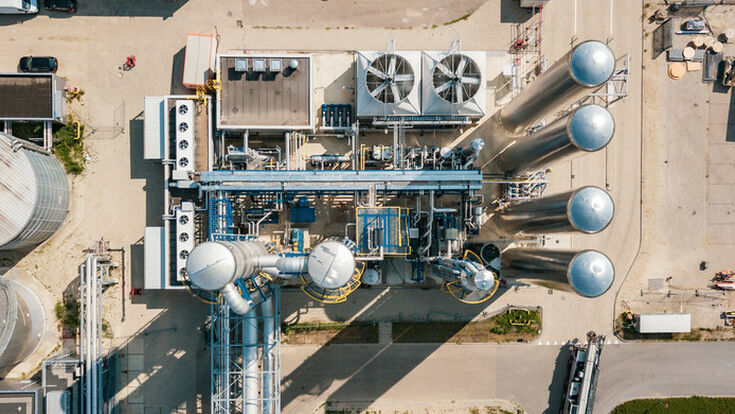Carbon Capture : US: Carbon capture gains momentum despite string of failures

In the US, carbon capture and sequestration (CCS) projects are once more gaining traction despite failed consecutive attempts at their commercialization these past 20 years.
The Biden Administration has pledged a 13-fold increase in carbon capture capacity by the mid-2030’s within the remits of its American Jobs plan.
CCS technology purports to capture carbon dioxide from the smokestacks of coal plants or steel factories, compress and transport it to finally inject it to an underground reservoir for indefinite storage.
There are currently about 40 carbon capture projects in the US, with companies earning $50 per ton in tax credit. Since carbon dioxide is not generally a commodity that is in demand, it’s takers are restricted to oil and gas firms which inject said gas into their oil fields to improve extraction speed.
Just recently, Chevron caused a furore for missing its ambitious carbon reduction targets. The energy company had vowed to sequester 4 million tons of carbon dioxide under an island off Western Australia each year for a 5-year period. In the wake of what is considered an industry wide failure, environmentalists once again point out that it is time to give up the notion that unreduced production volume coupled with CCS will successfully contribute to a zero-carbon economy.
Success is difficult to achieve
20 years ago, former President George Bush touted carbon capture as the future of the fossil fuel industry, yet his $1,65 FutureGen CCS project failed in 2015. Ranging from 2005-2012, the US Department of Energy spent $6,9 billion on the series of complex technologies that make up CCS yet less than 4% of planned capacity was deployed. An example for a high-profile failure would be when costs for a planned CCS plant in Mississippi (‘Kemper Project’) skyrocketed 200% in excess of the set $7,5 billion budget without the facility ever going operational.
Today, the Biden Administration is set on investing heavily in CCS in form of its $400 billion clean energy plan, the focus being on biogas rather than coal this time.
Yet there are few reasons to anticipate the success of these plans a second time over.
Beyond the high-cost point and extreme complexity involved in deploying CCS, the process is also incredibly energy intensive whilst emitting more carbon than it manages to capture, as certified by a study on the subject. ‘Assessing Carbon Capture: Public Policy, Science and Societal Need’ found that it would take the total amount of electricity generated in the US in 2017 to remove 1 gigaton of carbon dioxide, rendering the method less than feasible.
The amount of carbon that can be stored via CCS is also negligible, considering the amount that is generated. According to energy consultancy and research business Wood Mackenzie, carbon capture projects manage to capture 40 million tons a year. Yet in 2019, global emissions amounted to 33 gigatons.
In some cases, carbon dioxide storage could be dangerous in the case of a carbon dioxide leak, contributing not only to the contamination of soil and groundwater but also to earthquakes near injection sites.
As such, investment in solar, wind and geothermal energy makes more sense, especially given the fact that these technologies are readily available unlike CCS which is still in an experimental stage.
Interesting topic? Read our article on CCUs and waste-to-energy here and an extensive interview here!
